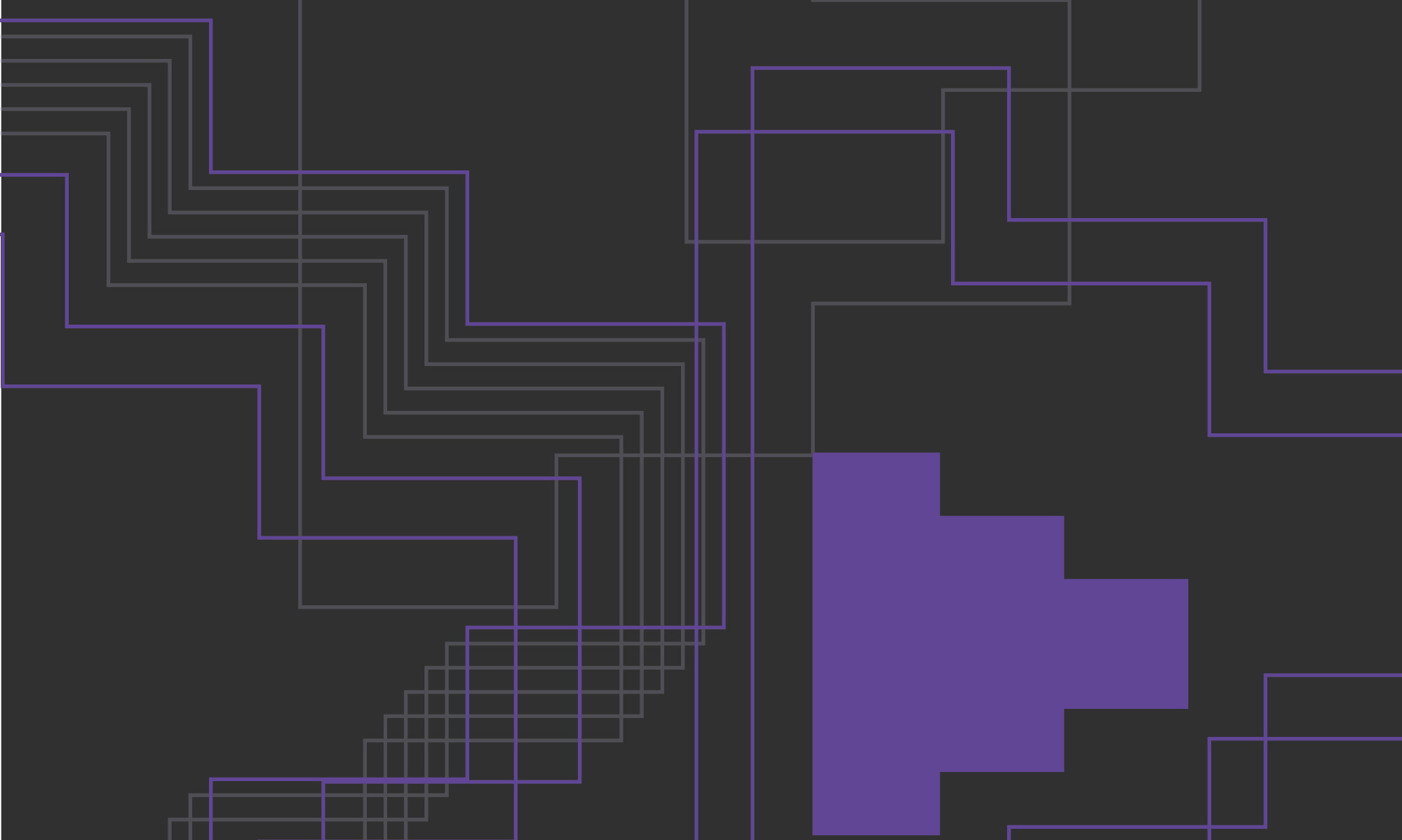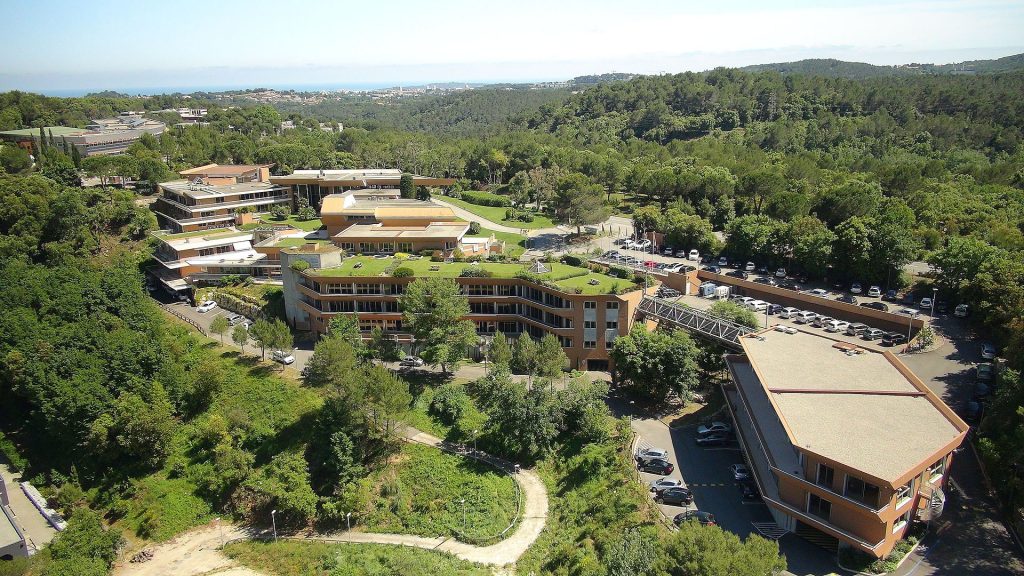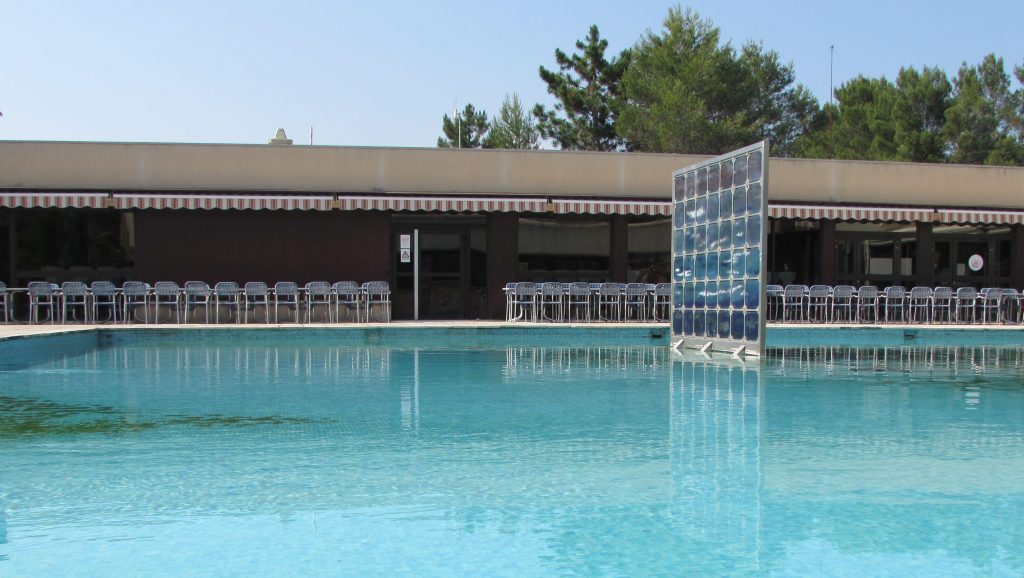
- This event has passed.
Software and Industrial Workshop I
December 6, 2021 - December 10, 2021
The first Software and Industrial Workshop will offer intersectoral training in technological aspects with links to the industry. It will include lectures and demo sessions so that the ESRs can acquire hands-on experience with software developed within the Network on computational geometry and geometry processing (CGAL), isogeometric analysis (G+Smo) and machine learning (PyTorch). Industrial partners will also be invited to give talks and discuss some of their open problems.
The meeting will take place physically at the Inria research center at Sophia Antipolis on December 6-10, 2021. The last two days consist of the annual G+Smo Developer Days workshop.
Address : 2004 Route des Lucioles, 06902 Valbonne, France
Social Dinner
The social dinner will take place on Wednesday evening in Antibes, at 19:30, at restaurant Alcyon (13 Av. du 11 Novembre). See also this link.
For people going back to Nice note that the last train to Nice is at 22:00.
Schedule
The agenda of the workshop includes: Tutorials on Software, Industrial presentations, Contributed presentations, and ESR presentations.
Times are in Central European Time (CET) zone.
Invited talks and Tutorials
Dominik Mokris (MTU) – Geometric modelling in the CAE pipeline of MTU Aero Engines AG
Together, we will have a look at how geometry is handled in the CAE pipeline at MTU. I will show you what our geometry generator does, its scope, inputs and outputs as well as why and how it has become indispensable for the design phase of aircraft engines. After discussing some architectural decisions and implementation specifics you will hopefully be better equipped to see whether developing such a tool in your organisation would make sense or not. In the second half, we will turn our attention to the problem of using 3D scans of physical parts as inputs into the process. Based on the examples of some of the recent [1, 2] and less recent [3] scientific results you will get an idea of how we work and how long does it take to integrate a scientific idea into day-to-day engineering practice. Joint work with David Großmann (MTU Aero Engines AG, Germany).
References
[1] Lisa Groiss, Bert Jüttler and Dominik Mokriš. 27 variants of Tutte’s theorem
for plane near-triangulations and an application to periodic spline surface
fitting. Comput. Aided Geom. Design, 85, 101975, 2021.
[2] Cesare Bracco, Carlotta Giannelli, David Großmann, Sofia Imperatore, Do-
minik Mokriš and Alessandra Sestini. THB-spline approximations for turbine blade design with local B-spline approximations. Accepted to SEMA-SIMAI granted to MACMAS 2019. Springer.
[3] Gábor Kiss, Carlotta Giannelli, Urška Zore, Bert Jüttler, David Großmann
and Johannes Barner. Adaptive CAD model (re-) construction with THB-
splines. Graphical models, 76(5):273–288, 2014.
Mark Gammon (ITI) – B-rep, Subdivision and Facet – Towards a Hybrid Geometry Engine
The 3D digital geometry landscape has changed rapidly in recent years with novel forms of geometry reaching industrial maturity. High fidelity 3D scans are now commonplace. Super-flexible subdivision surface geometry powers intuitive free-form design tools. Lattice-based implicit surface geometry driven by simulation algorithms create designs unimaginable with traditional MCAD tools. This rapid expansion of the industrial geometry frontier is exciting and promising, but geometry exchange weaknesses are limiting opportunities. In this talk I will describe progress ITI is making towards developing a multi-representational geometry engine designed to support alternative, but concurrent, geometrical forms of the same master design. An overview of the complex transformations and intelligent associativity between the various representations will be described. Some industrial examples of moving a 3D design between different forms to enable the most optimal representation to be used for a particular operation will be shown.
Matthias Fey (TU Dortmund) – Graph Neural Networks within PyTorch Geometric: Applications, Implementation and Scalability
Graph Neural Networks (GNNs) recently emerged to a powerful approach for representation learning on relational data such as social networks, molecular graphs or geometry. Similar to the concepts of convolutional and pooling layers on regular domains, GNNs are able to (hierarchically) extract localized embeddings by passing, transforming, and aggregating information between nodes. In this lecture, I will provide a broad overview of this highly active research field, and will cover relevant topics such as scalability and applications based on GNNs. In a hands-on session, you will learn to implement and train GNNs from scratch using the PyTorch Geometric library [https://github.com/pyg-team/pytorch_geometric]. You will learn how to apply GNNs to your own problems and how PyTorch Geometric enables high GPU throughput on highly sparse and irregular data of varying size.
PyG was started under the name Pytorch Geometric by Matthias Fey and Jan Eric Lenssen during their PhDs at TU Dortmund University. After its release in November 2017, the state-of-the-art in Graph Neural Networks has been quickly growing in leaps and bounds over the past few years, including significant contributions from Stanford University such as GraphSAGE, the Open Graph Benchmark and GraphGym. To support the continuous appetite of new features and to ensure longevity, TU Dortmund and Stanford University have joined forces and are now committed to the maintenance and enhancement of the package in accordance with the latest trends in academic research. GNN tools from both parties are unified under the umbrella PyG, which now involves a team of core developers extended by a community of over 170 contributors across the world.
Pierre Alliez (Inria), Andreas Fabri (GeometryFactory) – CGAL Tutorial
In this tutorial on CGAL library (https://www.cgal.org/) we will present various CGAL packages from the user perspective, that is we will not present the theory behind the algorithms and data structures. By “CGAL packages”, we mean the different chapters in the online manual as you can find them in the CGAL Package Overview page: https://doc.cgal.org/latest/Manual/packages.html. The goal is to be able to write code during the workshop where you will use CGAL, whether you have never used CGAL before or are an advanced user.
Jean Feydy (Inria Paris) – Fast geometric learning with symbolic matrices
Sparse representations such as 3D point clouds have a key position in the computer vision toolbox. They complement bitmap images effectively, enabling fast geometric computations for e.g. shape registration. In this talk, I will present extensions for PyTorch, NumPy, Matlab and R that speed up fundamental computations on (generalized) point clouds by several orders of magnitude, compared with PyTorch, TF and JAX GPU baselines. These software tools allow researchers to break through major computational bottlenecks in the field and have been downloaded more than 100k times over the last few years. The presentation will be of interest to all researchers who deal with point clouds, time series and segmentation maps, with a special focus on:
1. Fast and scalable computations with (generalized) distance matrices.
2. Efficient and robust solvers for the optimal transport (= “Earth Mover’s”) problem.
3. Applications to shape analysis and geometric deep learning, with a case study on the “pixel-perfect” registration of lung vessel trees.
The tutorial will be a hands-on introduction to fast geometric computations with the KeOps library. We will use Google Colab as a simple GPU sandbox.
References:
– “Geometric data analysis, beyond convolutions”: https://www.jeanfeydy.com/geometric_data_analysis.pdf
– “Fast geometric learning with symbolic matrices”: http://jeanfeydy.com/Papers/KeOps_NeurIPS_2020.pdf
– “Accurate point cloud registration with robust optimal transport”: https://www.jeanfeydy.com/Papers/RobOT_NeurIPS_2021.pdf
– KeOps library (geometric computations): http://kernel-operations.io/keops/index.html
– GeomLoss library (optimal transport): https://www.kernel-operations.io/geomloss/
Angelos Mantzaflaris (Inria), Hugo Verhelst (TU Delft) – G+Smo Tutorial
The tutorials on Thursday will give an overview of the open-source library “G+Smo” and its capabilities, as well as hands-on session in the afternoon. G+Smo is a C++ library that brings together mathematical tools for geometric design and numerical simulation. It implements the relatively new paradigm of isogeometric analysis, which suggests the use of a unified framework in the design and analysis pipeline. The library aims at providing access to high quality, open-source software to the community of numerical simulation and beyond.
Contributed talks for G+Smo Developer Days
Andrea Farahat (RICAM, Austria)
Isogeometric analysis with C1-smooth functions over multi-patch surfaces.
A framework for the construction of a C1-smooth isogeometric spline spaces over particular G1 multi-patch surfaces, called analysis-suitable G1 (AS-G1) surfaces , will be presented. The class of AS-G1 multi-patch geometries is of importance since it includes exactly those G1-smooth multi-patch geometries which allow the design of C1-smooth isogeometric spline spaces with optimal approximation properties. The method extends the construction for AS-G1 planar multi-patch parametrizations to the AS-G1 multi-patch surface case. We also generate for the C1-smooth isogeometric spline space a local basis which is used to solve, by a standard Galerkin approach, the biharmonic equation — a particular fourth order partial differential equation — over several AS-G1 multi-patch surfaces. The obtained numerical results exhibit optimal convergence orders in the L2, H1 and H2 norm, and demonstrate the potential of our C1-smooth isogeometric spline functions for solving fourth order partial differential equations over multi-patch surfaces.
Pascal Weinmüller (JKU Linz) – Solving fourth order equations on multpatches with isogeometric analysis in G+Smo
Isogeometric analysis (IGA) is a numerical method that uses spline-based geometry parameterizations to solve partial differential equations (PDEs). Since IGA is based on B-splines, it is simple to achieve high order smoothness within a single patch. However, to represent more complex geometries one usually uses a multi-patch construction. In this case, the global continuity for the basis functions is in general only C^0. Therefore, for C^1-smooth isogeometric functions, a special construction for the basis is needed. Such spaces are of interest when solving numerically fourth-order PDE problems, such as the biharmonic equation or Kirchhoff-Love plate/shell formulations, using an isogeometric Galerkin method.
There are several different methods to overcome the problem of reduced smoothness. One way is to use isogeometric spaces that are globally C^1 over multi-patch domains where different constructions are studied in [1,2,3].
However, each approaches need a different construction, but end with the same problem: solving the PDEs. In this talk, a method in G+Smo is shown which handles the different spaces by using the class “gsMSpline” for constructing the spaces. The main idea is that it uses basis transformation for describing the space which makes it in general simple for any bases. The handling of the class is kept straightforward and we show an example with different basis constructions which can be used for solving the biharmonic equation on multi-patch domains.
Joint work with Hugo Verhelst, TU Delft, Netherlands, Andrea Farahat, RICAM Linz, Austria and Angelos Mantzaflaris, Inria, France
[1] Hughes, T. JR and Sangalli, G. and Takacs, T. and Toshniwal, D., Smooth multi-patch discretizations in Isogeometric Analysis, Handbook of Numerical Analysis, (2021) Vol 22: 467–543.
[2] Kapl, M., Sangalli, G., Takacs, T. An isogeometric C^1 subspace on unstructured multi-patch planar domains. Computer Aided Geometric Design, (2019) Vol 69: 55–75.
[3] Weinmüller, P. and Takacs T., Construction of approximate C^1 bases for isogeometric analysis on two-patch domains, Computer Methods in Applied Mechanics and Engineering, (2021) Vol 385: 114017.
Sofia Imperatore (U. Florence) – Data-driven spline parametrization and fitting problems
Free-form curve fitting plays an important role in Computer Aided Geometric Design (CAGD) and Geometric Modelling. In particular, in many applications geometric models are built on measured data and subsequently employed for further design. A necessary pre-processing step to fitting a given sequence of points with spline curves is to first compute suitable parameterizations. The talk will investigate different neural network architectures to address this problem for different kinds of point sequences.
Matthias Möller (TU Delft) – Physics-Informed Machine Learning Embedded Into Isogeometric Analysis
Physics-informed neural networks (PINNs) are emerging technologies that strive to revolutionize the field of computer-aided analysis of scientific and engineering problems by directly exploiting physical laws to drive network optimization. In this short talk we propose a novel approach to embed the PINN paradigm into the framework of Isogeometric Analysis. In contrast to classical PINNs which predict point-wise solution values to (initial-)boundary-value problems directly, our IGA-PINNs learn solutions in terms of their expansion coefficients relative to a given B-Spline basis. This approach is furthermore used to encode the geometry and other problem parameters such as boundary conditions and feed them into the network as inputs, which allows the user to analyze different problem configurations effectively.
Felix Weber (RWTH Aachen) – Isogeometric Analysis for Micromechanical Analysis of Cast Iron
Material properties such as fatigue strength highly depend on the local microstructure. With increasing complexity of microstructure models finite element based approaches become more costly. Therefore, IGA-suitable 2D-modelling of microstructures becomes relevant and allows for a decrease in required degrees of freedom making further analysis feasible.
Hugo Verhelst (TU Delft) – A Parallel Adaptive Arc-Length Method
Parallel computing is omnipresent in today’s scientific computing landscape starting at multicore processors in desktop computers up to massively parallel clusters. While domain decomposition methods have a long tradition in computational mechanics to decompose spatial problem into many subproblems that can be solved in parallel, advancing solution schemes for dynamics or quasi-statics are inherently serial processes. Methods like Parareal and Multigrid-reduction-in-time (MGRIT) are based on a multigrid approach over the temporal domain, enabling parallelization in time. These techniques have been applied successfully in many fields of study, including power network analysis [1], cardiac fluid-structure interaction [2] or the training of neural networks [3].
As MGRIT is based on dynamic, their temporal multigrid scheme is based on a time discretization error that evolves over time. For quasi-static simulations, solutions at different time steps are independent so that the time discretization error and thus the motivation for MGRIT vanishes.
In this talk, we will present an MGRIT-inspired approach to parallelize quasi-static computations. Due to the parametrization of the arc-length instead of time, the multi-level error for the arc-length parametrization is formed by the load parameter and the solution norm; enabling to measure errors like MGRIT. By applying local refinements in the arc-length parameter, this multi-level adaptive arc-length method refines solutions where the non-linearity in the load-response space is maximal, i.e. where the path is curved. To reduce the number of levels needed for reference errors, a higher-dimensional spline is adaptively fitted through the load-response solution space. Furthermore, knot insertion algorithms will assure that bifurcations can nicely be embedded in the presented method.
References
[1] S. Günther, R. D. Falgout, P. Top, C. S. Woodward and J. B. Schroder, “Parallel-in-Time Solution of Power Systems with Unscheduled Events,” 2020 IEEE Power & Energy Society General Meeting (PESGM), 2020, pp. 1-5, doi: 10.1109/PESGM41954.2020.9281595.
[2] Hessenthaler, A., Falgout, R. D., Schroder, J. B., de Vecchi, A., Nordsletten, D., & Röhrle, O. (2021). Time-periodic steady-state solution of fluid-structure interaction and cardiac flow problems through multigrid-reduction-in-time. arXiv preprint arXiv:2105.00305.
[3] Cyr, E. C., Günther, S., & Schroder, J. B. (2019). Multilevel initialization for layer-parallel deep neural network training. arXiv preprint arXiv:1912.08974.
Location
The meeting will take place at the Inria research center at Sophia Antipolis: Inria Sophia Antipolis Méditerranée 2004, route des Lucioles BP 93 06902 Sophia Antipolis Cedex. You can find travel directions to Inria here.
Lodging
Here are some suggestions for lodging in Antibes with an easy access by bus to Sophia Antipolis by bus.
- Hôtel Le Collier, http://www.lecollier-hotelrestaurant.com/
3 minutes by walk from the bus stop “pôle d’échange Antibes” (gare SNCF), bus line A to Inria. - Hôtel de l’Etoile, http://www.hoteletoile.com/
7 minutes by walk from the bus stop “pôle d’échange Antibes (gare SNCF), bus line A to Inria. - Hôtel Josse, http://www.hotel-josse.com/ (more expensive)
20 minutes by walk from the bus stop “pôle d’échange Antibes (gare SNCF), bus line A to Inria. - Relais du Postillon, http://www.relaisdupostillon.com/
8 minutes by walk from the restaurant where the social event will take place. - Ibis Style Antibes, https://www.booking.com/hotel/fr/ibis-styles-antibes.html
On the way from Antibes to Inria (bus line A), but not downtown.
Schedule of the buses can be found here :
https://www.envibus.fr/en/bus-routes/ligne-a.html
More Hotels in Sophia Antipolis (from Nice Airport, you can take bus 230 to go to Sophia Antipolis)
- Moxy Sophia Antipolis – 400m from Inria – from 120€/night
- Hôtel Novotel Antibes Sophia Antipolis – 900m from Inria – From 100€/night
- Nemea Appart’Hotel Biot Sophia Antipolis Green Side – 1km from Inria – From 60€/night
- Hotel Omega Valbonne – 1,2km from Inria – From 100€/night
- Hôtel ibis Antibes Sophia Antipolis – 1,4km from Inria – From 90€/night
- Hôtel Mercure Antibes Sophia Antipolis – 1,4km from Inria – From 102€/night
- Mouratoglou Resort – 1,5km from Inria – From 140€/night
- B&B HOTEL – 1,5km from Inria – From 60€/night
More Hotels in Antibes (10km from Inria – can reach Sophia Antipolis by bus A and bus 9)
(from Nice Airport, you can go to Nice Saint-Augustin train station by walking or taking a tram (see more) then take train TER from Nice Saint-Augustin to Antibes)
- Hôtel Le Collier (in front of Antibes train station – convenient for bus to Sophia Antipolis) – From 70€/night
- Irin Hotel (in Antibes old town) – From 80€/night
- Hôtel de L’Etoile (550m from Antibes train station and 600m from Place de Gaulle, main square of Antibes old town) – From 80€/night
- Hôtel La Place (in Antibes old town) – From 93€/night
- Best Western Hotel Journel Antibes – From 90€/night
- Best Western Plus Antibes Riviera (1,7km from Antibes train station) – From 110€/night
- RESIDÉAL Antibes (1,6km from Antibes train station) – From 300€/week
- Royal Antibes Luxury Hotel, Residence, Beach & Spa – From 115€/night
- Hôtel Josse – From 90€/night
Transporation
Transportation from Nice Airport
- Taxi at around 70€ from Nice Airport to Sophia Antipolis
- Bus 230 (direction Sophia Gare) from Nice Airport to Sophia Antipolis with stop at IUT-INRIA or SKEMA (if you want to go to Novotel Sophia Antipolis)
- The bus price of single travel is 1.5 €
- The schedule of bus 230: https://services-zou.maregionsud.fr/fr/horaires/Zou%2006/BUS/ligne/LR230/direction/OUTWARD/697
Transportation from Antibes train station (TGV/Thalys station):
- If you take the train or TGV, you can stop at Antibes train station.
- From Antibes train station, you can take the following buses for 1€ to go to Sophia Antipolis
- Bus A (direction GR Valbonne Sophia Antipolis) : https://envibus-api.koezio.com/uploads/fiche/ENVIBUS_Ligne%20A_sept2021_web.pdf with stop at INRIA or at SKEMA (if you want to go to Novotel Sophia Antipolis)
- Bus 12 (direction GR Valbonne Sophia Antipolis): https://envibus-api.koezio.com/uploads/fiche/ENVIBUS%20Fiche%20Horaires%20Ligne%2012_sept2021_v2_web.pdf with stop at INRIA
- The bus stop name at Antibes train station is ‘Pôle Echanges’
Transportation from Antibes old town:
- If your hotel is in Antibes old town, you can go to Place de Gaulle to take the bus to Sophia Antipolis
- From Antibes old town, you can take the following buses for 1€ to go to Sophia Antipolis
- Bus A (direction GR Valbonne Sophia Antipolis) : https://envibus-api.koezio.com/uploads/fiche/ENVIBUS_Ligne%20A_sept2021_web.pdf with stop at INRIA or at SKEMA (if you want to go to Novotel Sophia Antipolis). The bus stop name in Antibes for bus A is ‘Dugommier’
- Bus 9 (GR Valbonne Sophia Antipolis): https://envibus-api.koezio.com/uploads/fiche/ENVIBUS%20Fiche%20Horaires%20Ligne%209_PScolaire_sept2021_web.pdf with stop at ST PHILIPPE then walk to Inria. The bus stop name in Antibes for bus 9 is ‘Place de Gaulle’




